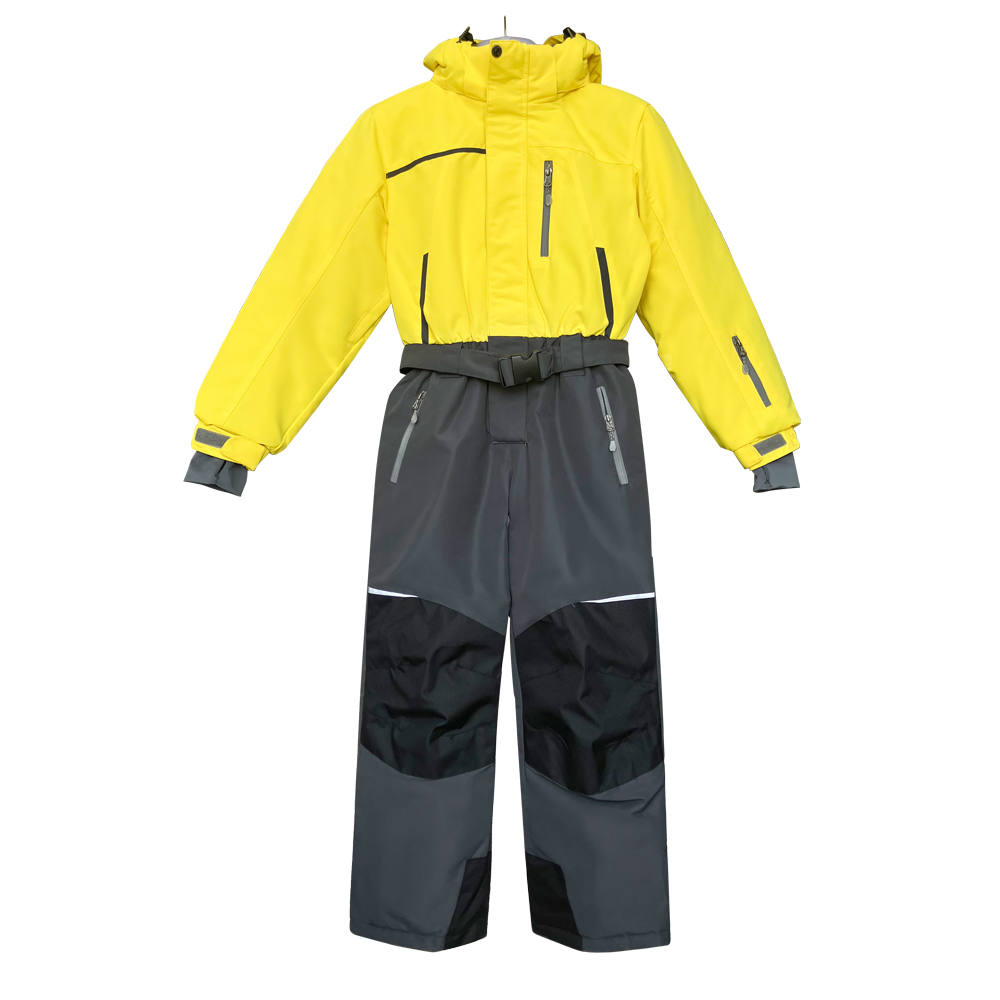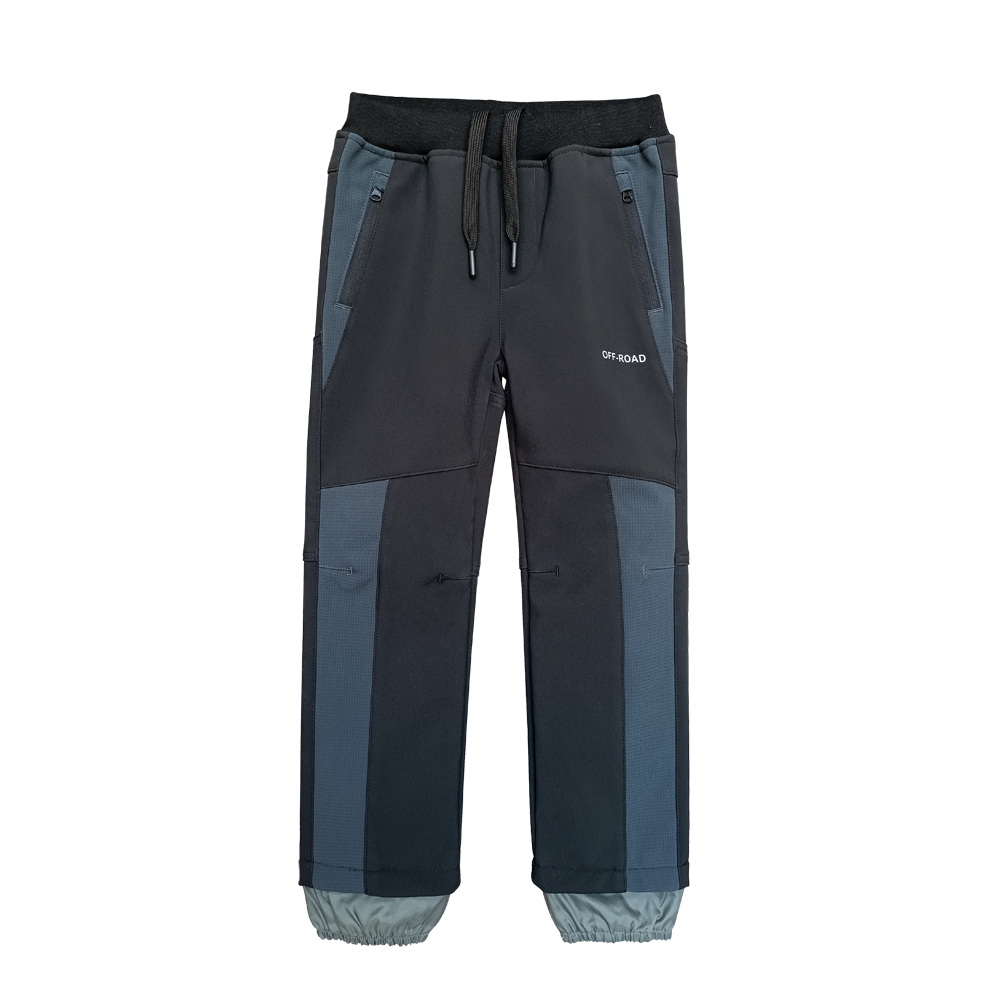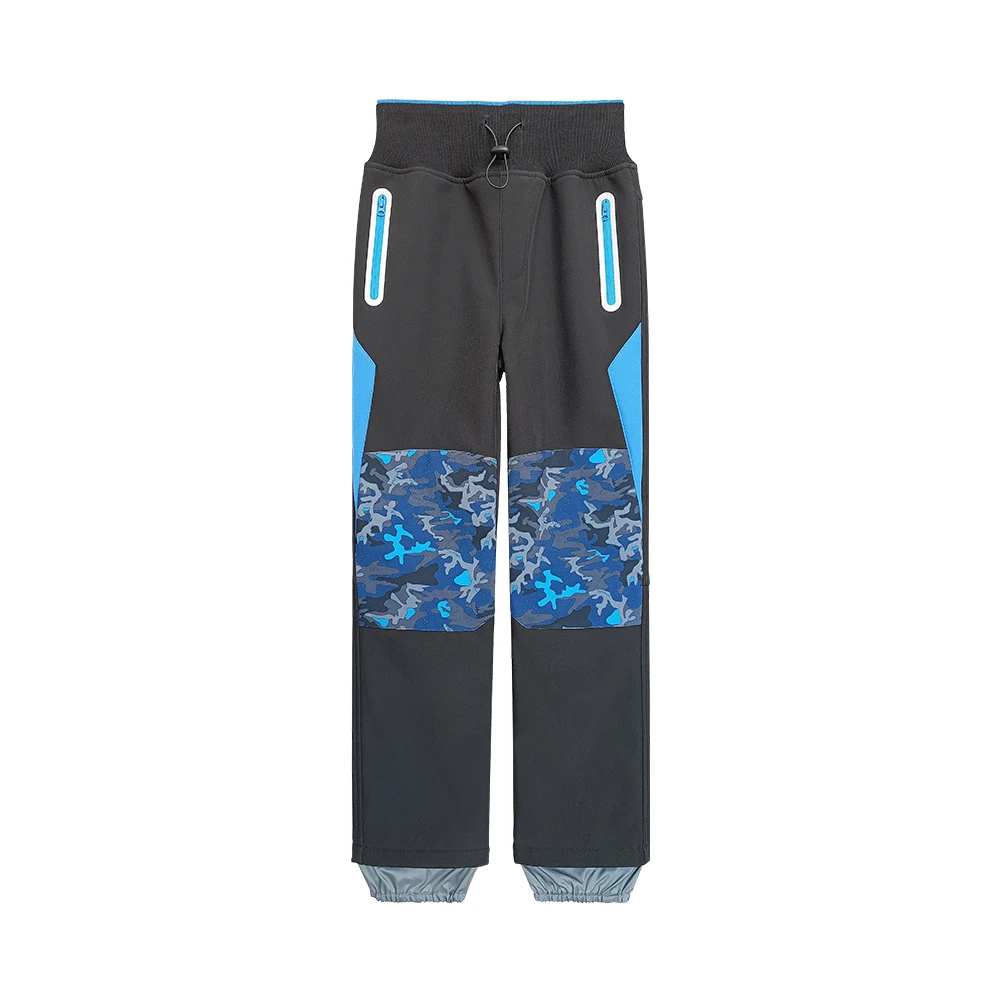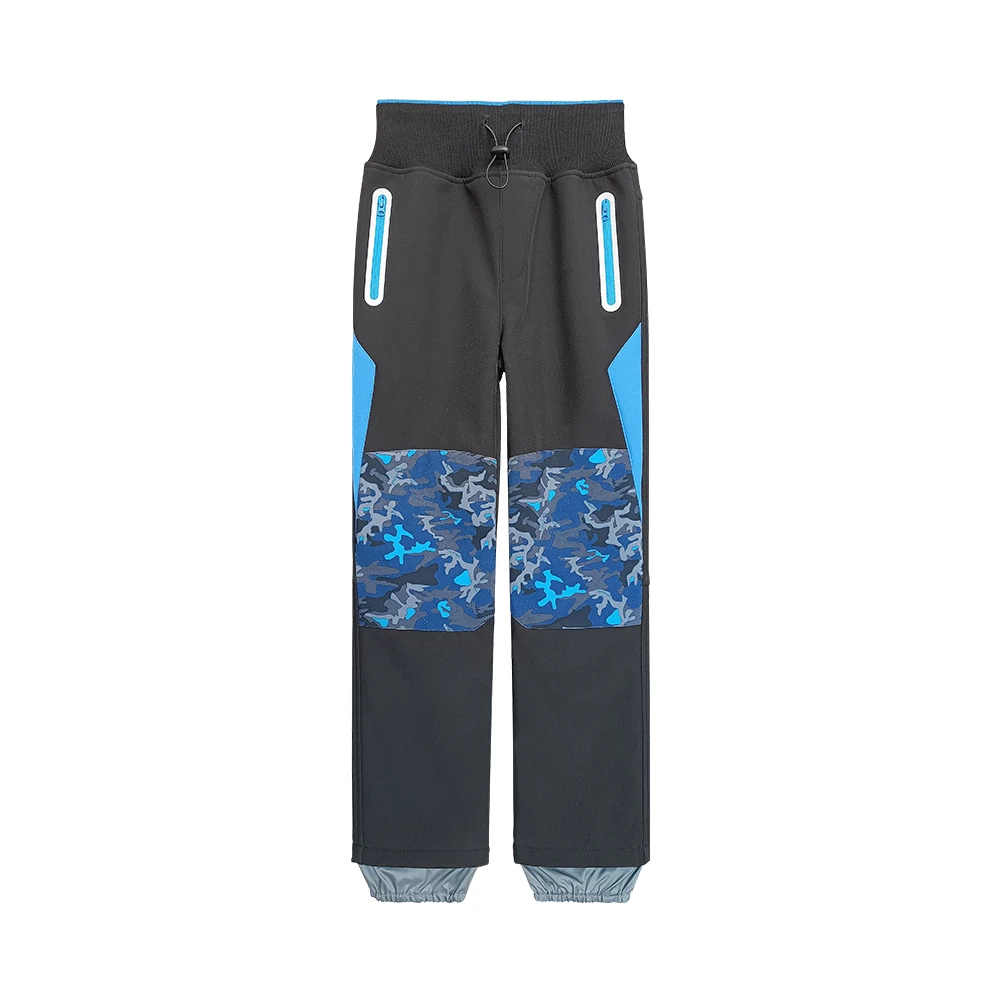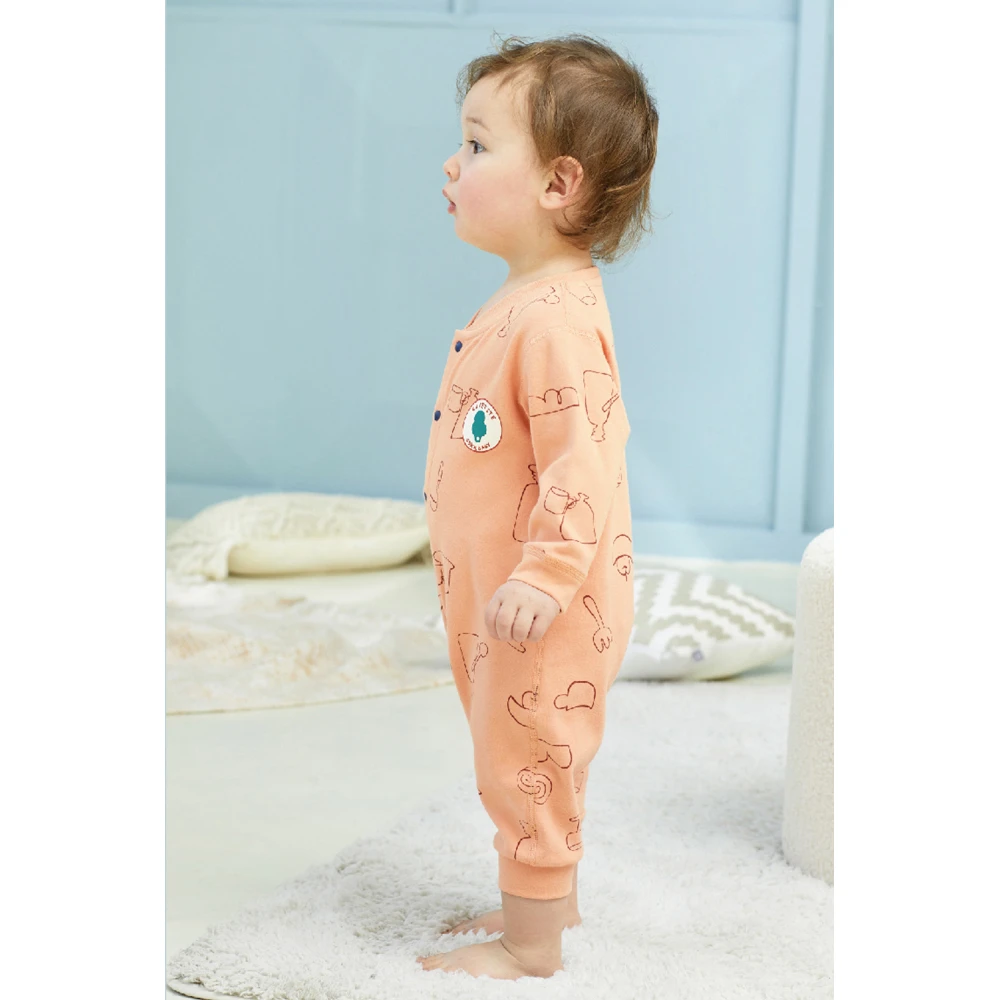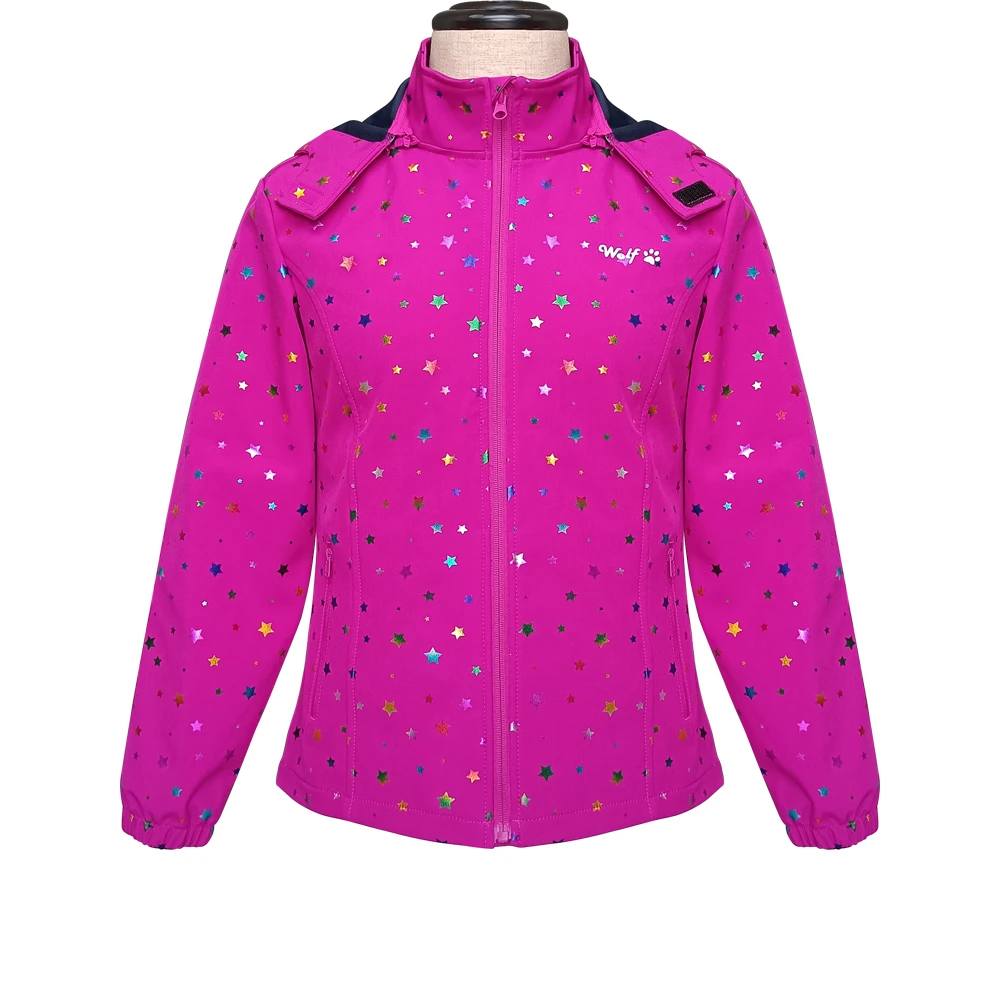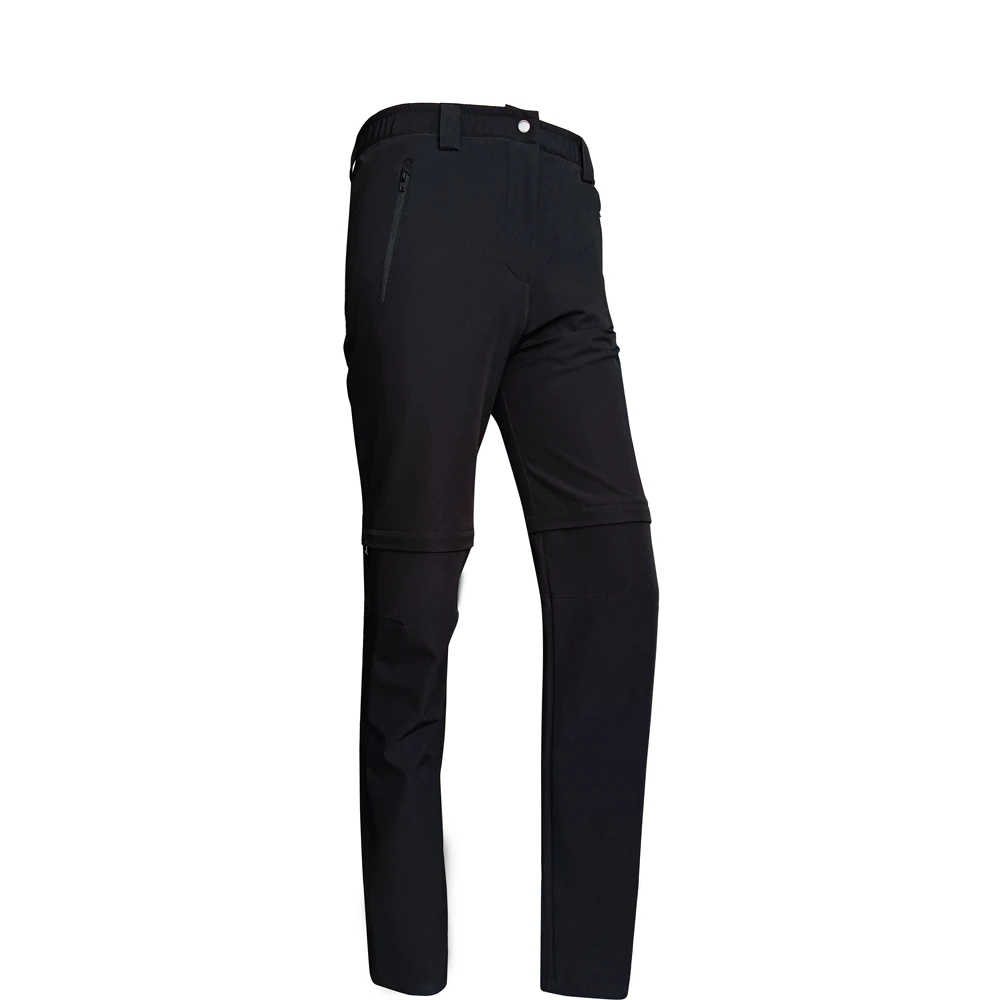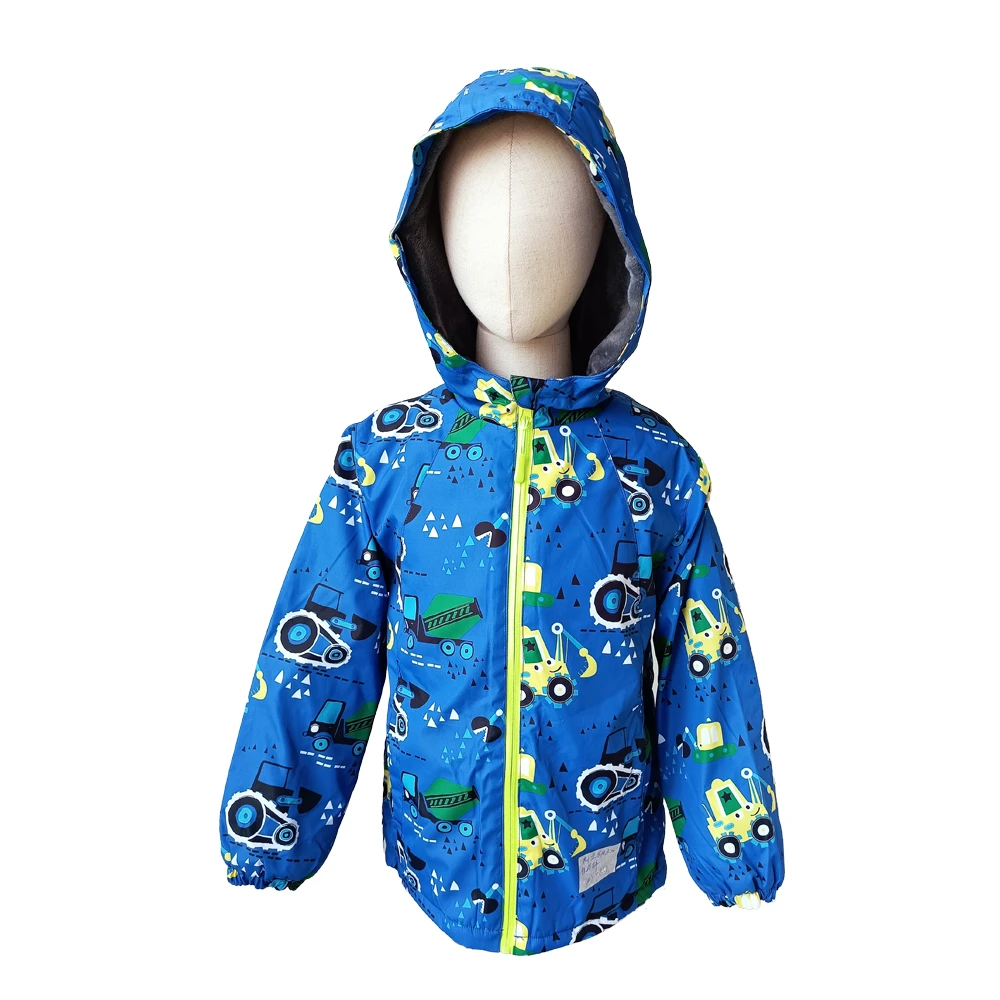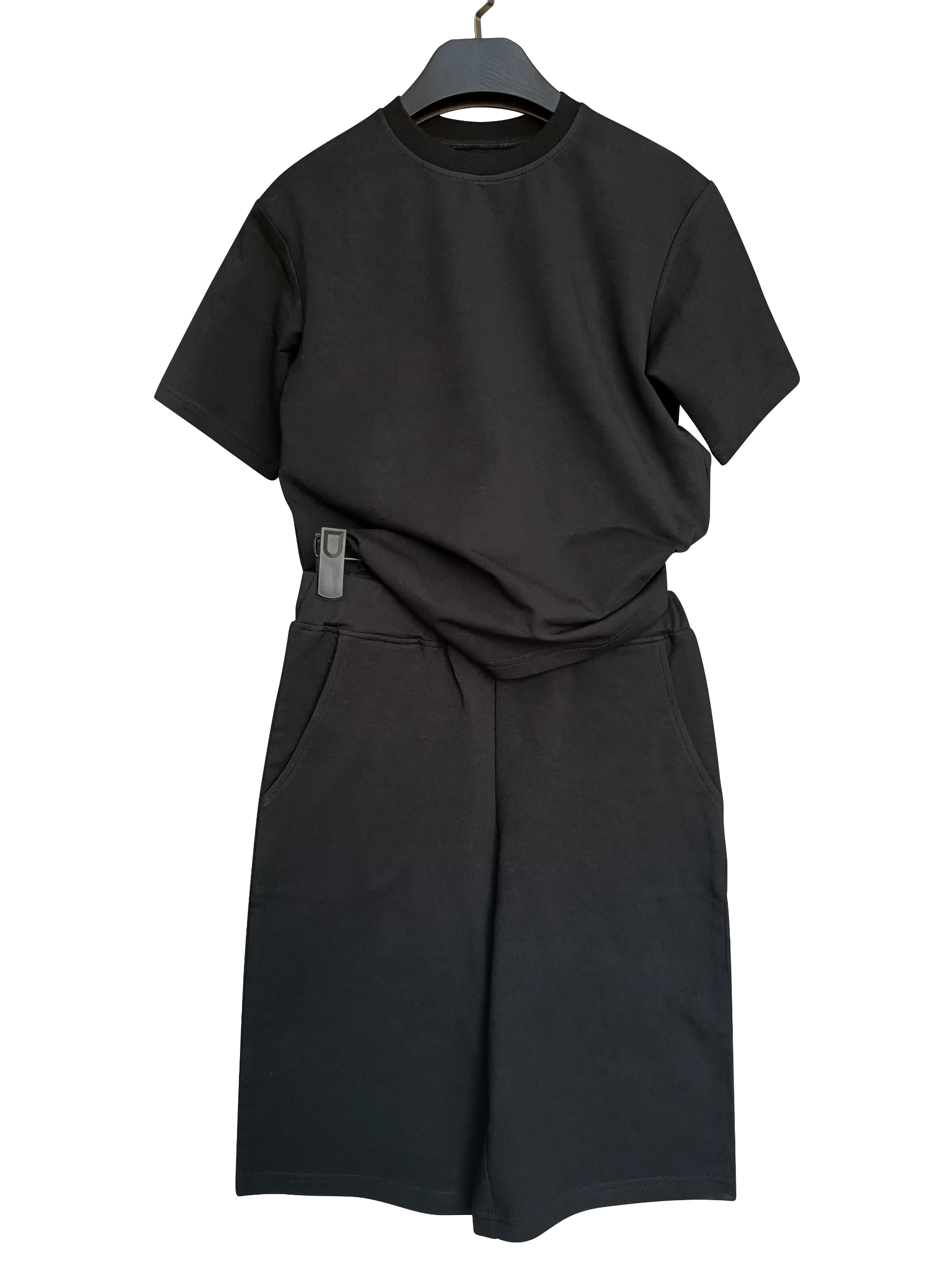Oil Resistant Workwear An Essential Choice for Safety and Comfort
In various industries such as manufacturing, oil and gas, and automotive, workers are often exposed to harsh environments where they encounter hazardous materials, including oils, greases, and chemicals. To ensure the safety and comfort of employees working in these challenging conditions, the choice of appropriate workwear becomes paramount. Oil-resistant workwear plays a critical role in protecting workers from potential hazards while enhancing their productivity and comfort.
Understanding Oil-Resistant Materials
Oil-resistant workwear is made from specially designed fabrics and materials that repel oil and other liquids. These materials are engineered to provide a barrier against spills, splashes, and stains, allowing workers to perform their tasks without the constant worry of damaging their clothing or, more importantly, suffering from skin irritations and other health risks associated with prolonged exposure to harmful substances. Common materials used in oil-resistant workwear include polyester, nylon, and treated cotton, all of which feature water and oil-resistant coatings.
The technology behind these materials has evolved significantly, with many manufacturers incorporating advanced treatments and technologies to enhance their properties. For example, some workwear products come with a durable water repellent (DWR) finish, which offers superior resistance to liquid penetration, ensuring that workers remain dry and comfortable during their shifts.
Benefits of Oil-Resistant Workwear
1. Enhanced Safety One of the primary benefits of oil-resistant workwear is the enhanced safety it provides. By resisting penetration from oils and other hazardous substances, this type of clothing decreases the likelihood of accidents and injuries associated with slips and falls. The risk of chemical burns or skin irritations is also significantly reduced, promoting a healthier work environment.
2. Durability Oil-resistant fabrics are designed to withstand rigorous conditions. Whether it’s exposure to harsh chemicals, frequent washing, or the wear and tear of daily activities, high-quality oil-resistant workwear is built to last. This durability not only protects workers but also offers greater value for employers who are investing in their workforce's safety.
3. Increased Comfort Modern oil-resistant workwear is engineered to be breathable, lightweight, and comfortable. This is essential, as workers often spend long hours on the job. Clothing that is comfortable and functional can lead to increased productivity and morale among employees.
oil resistant workwear
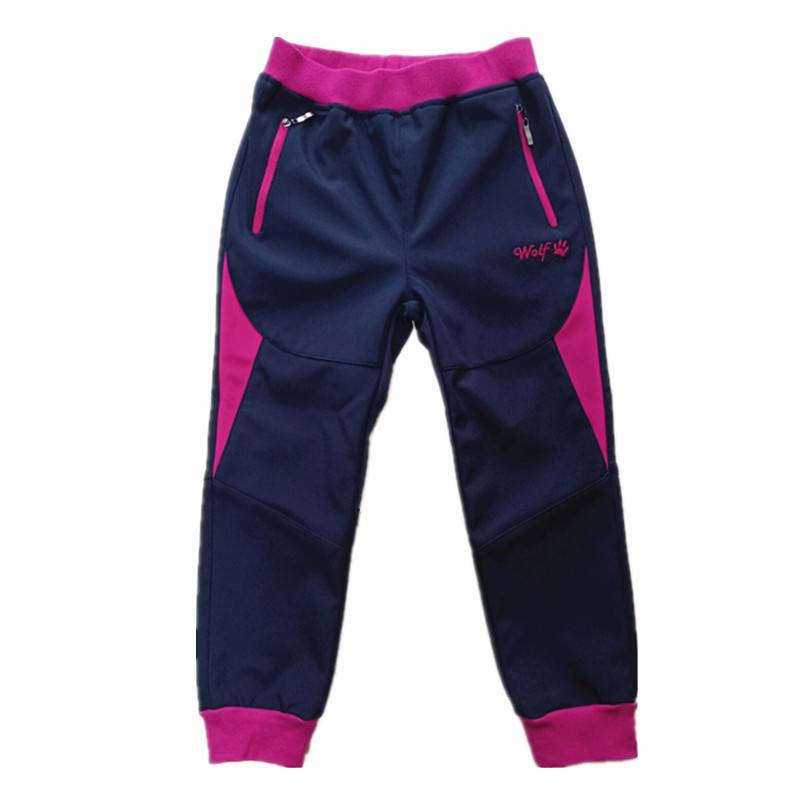
4. Variety of Styles From coveralls to jackets, gloves, and trousers, oil-resistant workwear comes in various styles and configurations to suit different job requirements and personal preferences. Employers can find options that fit their specific needs while ensuring that all workers are protected.
Finding the Right Oil-Resistant Workwear
When selecting oil-resistant workwear, employers should consider several factors to ensure they are making the best choices for their workforce
- Industry-Specific Needs Different industries have unique needs based on the specific hazards present. It’s essential to evaluate the potential risks and select workwear that offers the appropriate level of protection for those working in high-risk environments.
- Comfort and Fit Ensuring that workwear fits well and is comfortable is crucial. Uncomfortable clothing can lead to distractions and decreased productivity. Employers should consider investing in ergonomic designs that allow for ease of movement.
- Compliance with Safety Standards Look for workwear that complies with industry safety standards and regulations. This can vary by region and industry, but ensuring that selected clothing meets these guidelines is crucial for legal compliance and worker safety.
- Maintenance and Care Oil-resistant workwear may require special care to maintain its protective qualities. Employers should be aware of the care instructions provided by manufacturers to extend the lifespan of the garments and ensure they perform effectively.
In conclusion, investing in oil-resistant workwear is not just about compliance and safety; it's also about fostering a positive work environment where employees feel protected and comfortable. As industries continue to evolve, so too should the protective gear used by workers. By choosing the right oil-resistant workwear, employers can support their teams effectively, ensuring both safety and productivity in the workplace.


